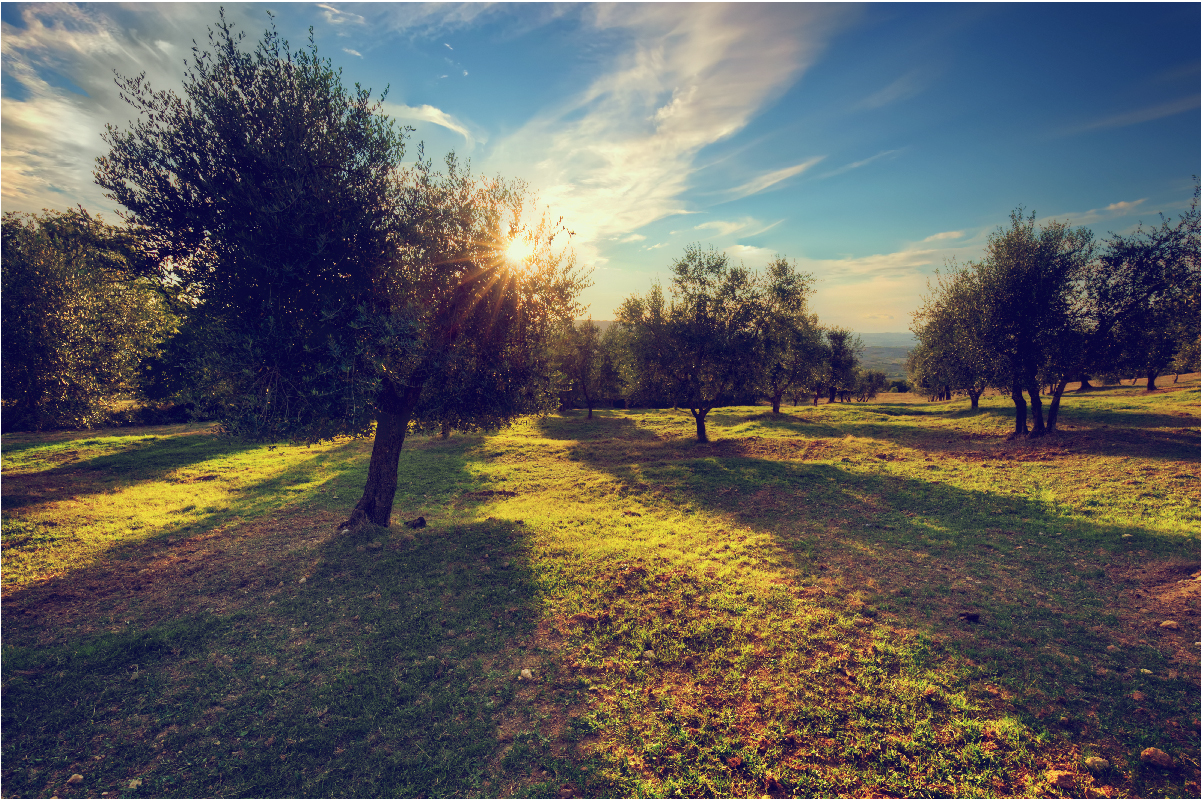
With the olive tree, Tunisia takes advantage of a very old experience. It is known, maintained and very well exploited there since the highest Antiquity. Italy and Spain have benefited from Carthaginian knowledge and know-how. It is certain, moreover, that the Phoenicians and Punics found it in Tunisia, where it was already greatly appreciated.
In the fifth century BC Herodotus noted the presence of the olive tree in the Kerkennah Islands, not far from Sfax.
Faithful to these traditions, CHO GROUP is very involved in agricultural activity. It is one of the largest in the sector in Tunisia. With an ambitious development program for its olive tree plantations, the Group asserts its mastery of the sector and the value chain.
The agricultural sector is managed by CHO AGRICOLE, whose objective is to obtain the best olive oils by cultivating its own olive groves, as well as the management of oil mills. A unique project on a national scale because of its size.
In order to control the entire production process, with the highest levels of quality and guaranteeing full traceability of its own production, CHO GROUP transforms 100% of its harvest in its modern extraction units.

Considered to be the main pillar of Tunisian agriculture, olive growing continues to play a leading role in the life of rural populations by providing 30 to 40 million days of work per year, especially by manual picking of olives.
With a workforce of 70 million trees populating 1.7 million hectares spread from North to South, olive cultivation occupies a third of the arable land and more than 80% of the areas reserved for fruit trees. It also represents 20% of the area of olive groves in the world.
This place of predilection occupied by the national olive grove is ensured by a set of cultural practices rallying at the same time, a prosperous traditional know-how and a modernity based on a rational exploitation of the natural environment with a view to its sustainability.

In olive orchards, tillage is done regularly using towed tools, some of which are inspired by traditional tools.
Due to the visible lack of precipitation especially in the central and southern regions, small water collection structures are highly developed.
They allow both the preservation of fragile soils from the damaging effects of erosion and an appreciable supply of water.
In this same context, soil fertilization is most often limited to the use of organic farm waste (natural manure and compost) and green manure.
In the majority of olive groves in Tunisia (97% of the area planted with olive groves) and with the exception of fields grown in intensive or hyper intensive mode (3% of the area planted with olive groves), the olive harvest is done manually using the combs.
The picking season generally lasts between November and February coinciding with the best times of ripening. The fruits are received on large woven plastic nets.
This practice preserves the fallen olives which remain clean and not soiled by particles of sand or other contaminants that may be on the ground.
The CHO GROUP leads the exploitation of its fields towards rain-fed mode, intensive mode and hyper intensive mode